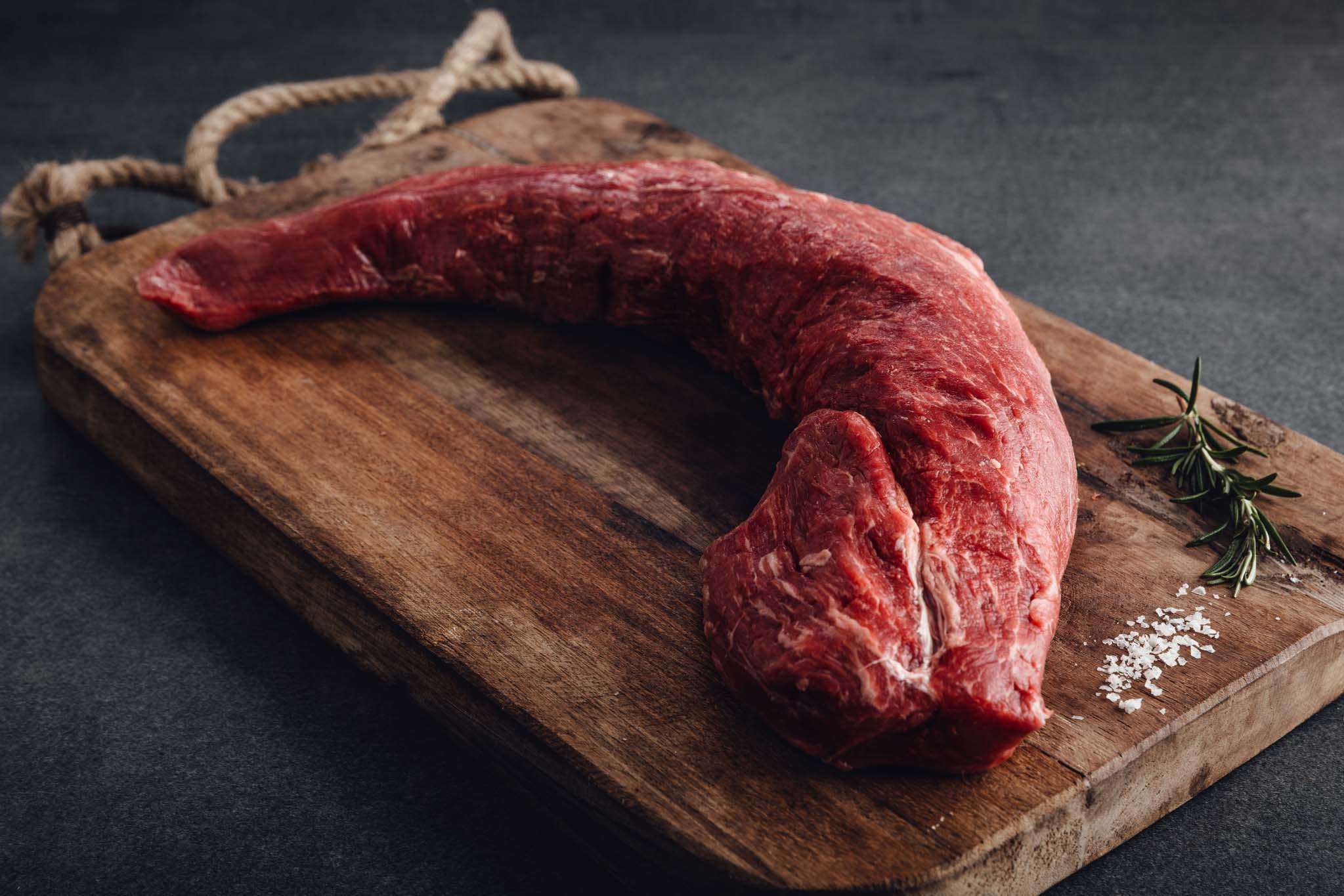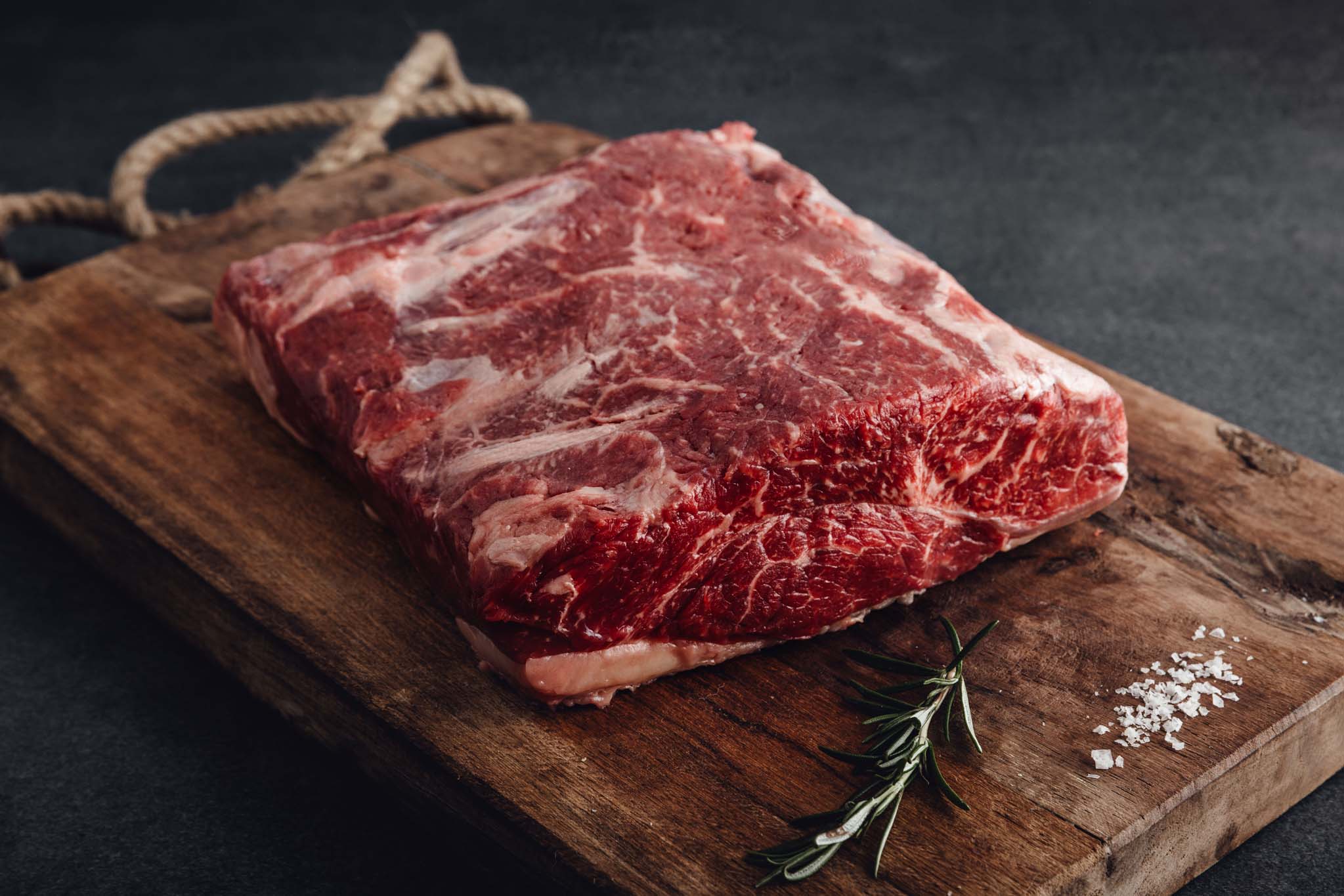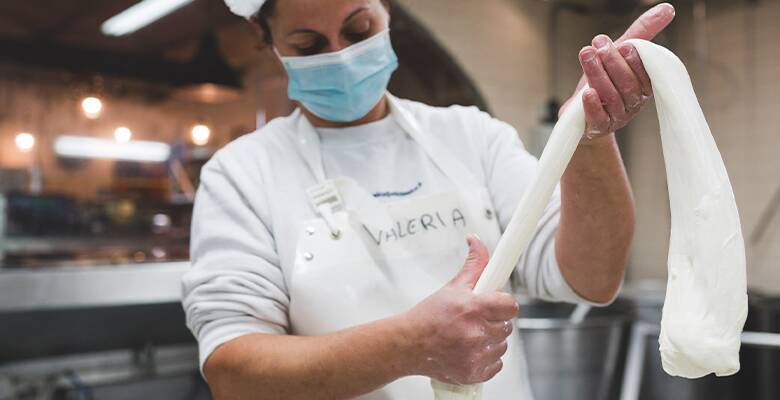Our Mozzarella di Bufala Campana DOP is made fresh daily from pure buffalo milk in southern Italy. Years of experience in the artisanal processing of this delicacy and the stress-free and humane treatment of both the female and male animals form our core principles. This is the only way to achieve the award-winning flavor and characteristic consistency so highly prized by the best chefs in German-speaking countries.

When you see mozzarella, you immediately think back to your last vacation in Italy. Cooking with mozzarella is a true delight, and so the small, porcelain-white ball is a popular ingredient in warm dishes, pizzas, or salads. But how is this white ball actually made?
Buffalo milk is traditionally used to make mozzarella. Mozzarella belongs to the pasta filata family of cheeses, which in production terms means "cheese spun from dough." The curd is scalded in hot water at approximately 80°C and then stirred, kneaded, and stretched until the mixture forms a malleable dough and long fibers. The cut pieces are formed into balls or braids and placed in brine, where they are then left to rest for several days before being packaged with the brine.

Buffalo milk mozzarella, or Mozzarella di Bufala Campana, is a special delicacy and proudly bears the DOP seal. This seal is awarded by the European Union and certifies a protected designation of origin. This means that the mozzarella is made from the milk of local buffalo, and only it may bear this name. If you would like to experience the special taste of our Mozzarella di Bufala Campana DOP for yourself, simply HERE click.








